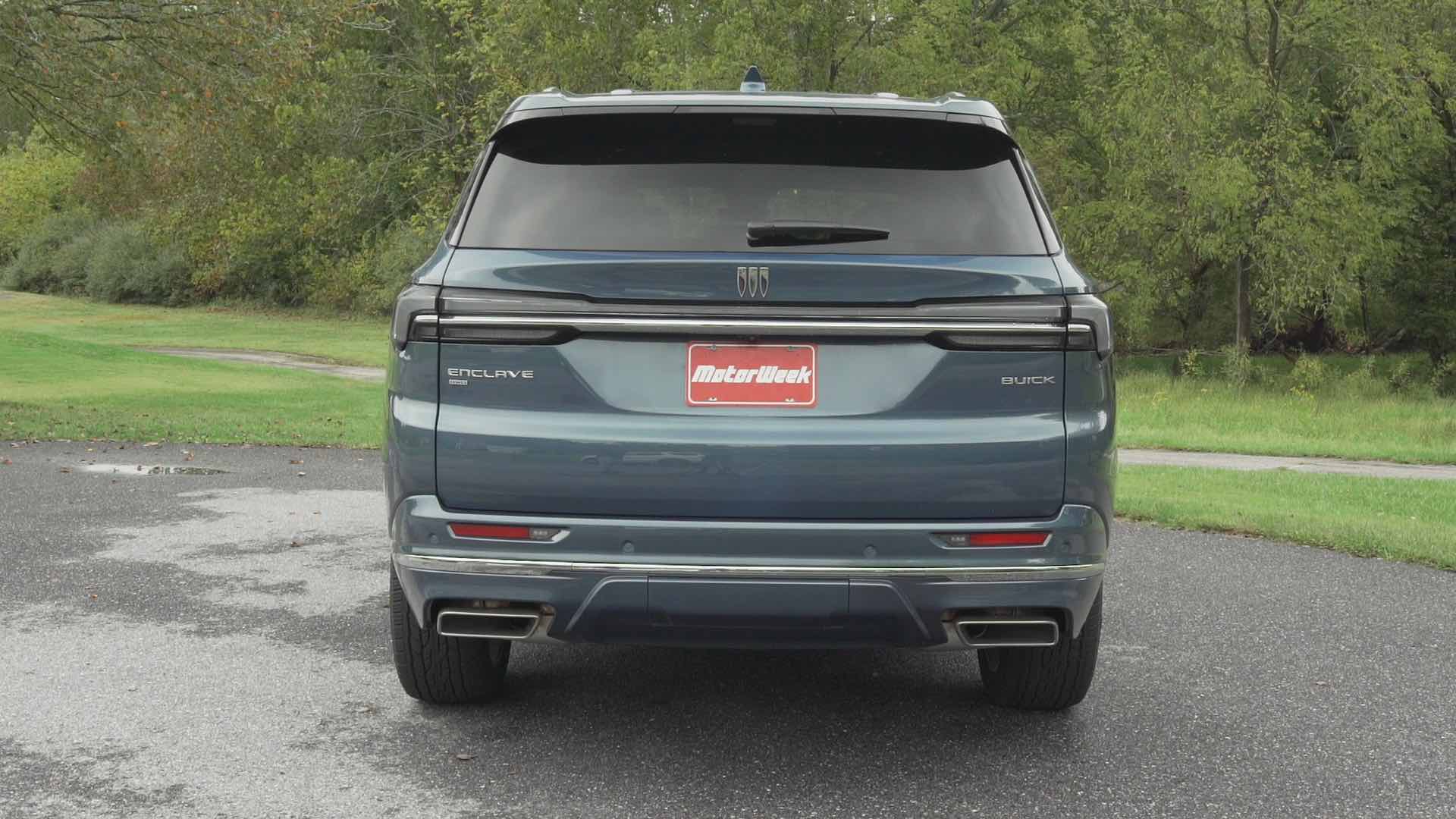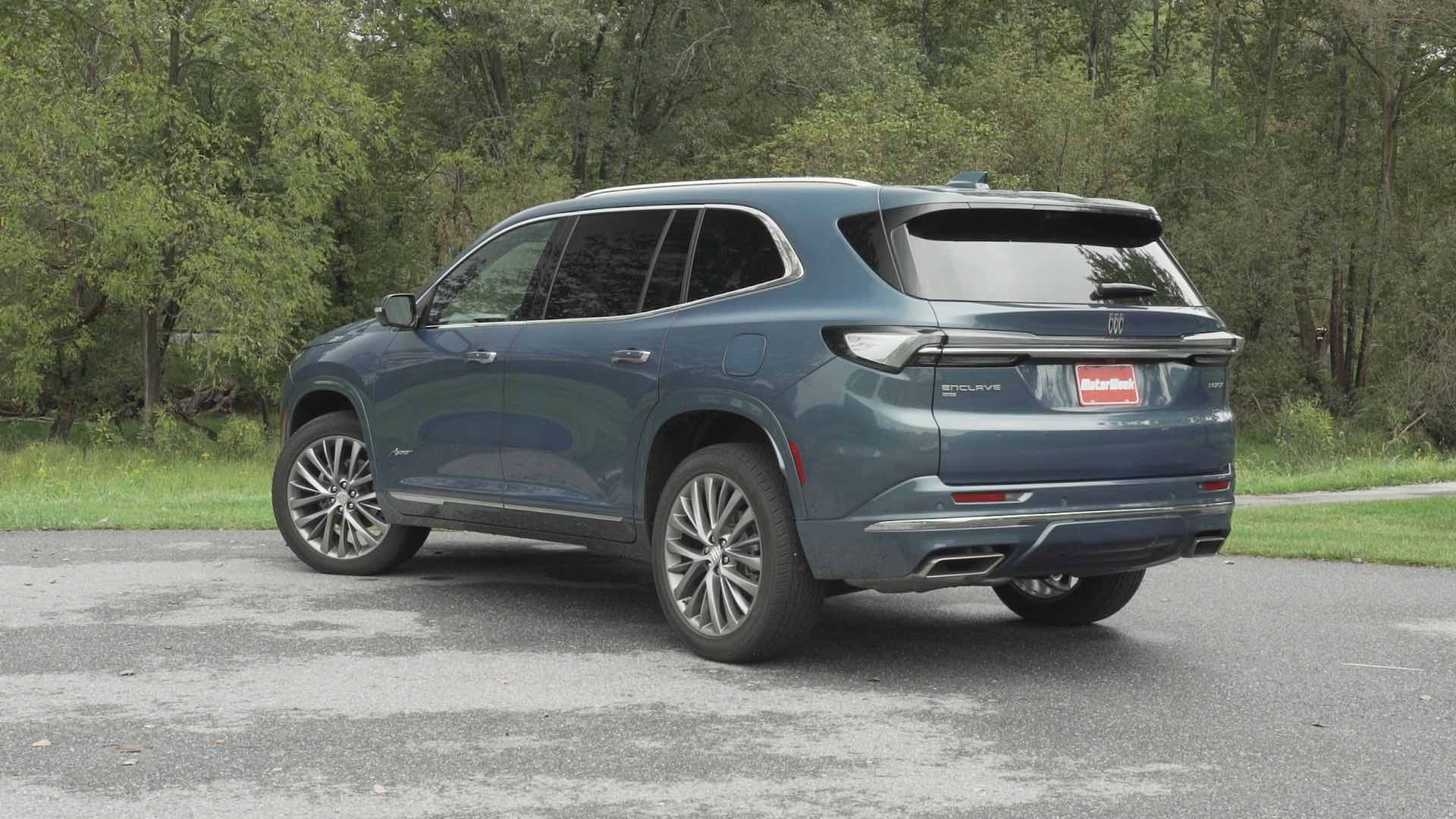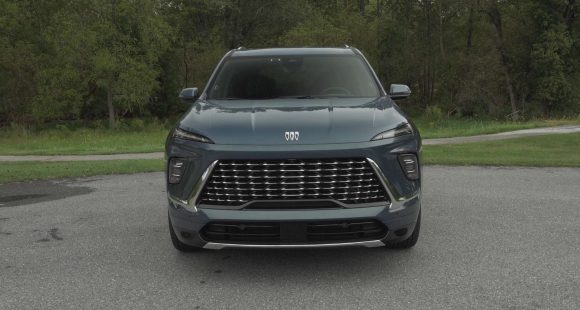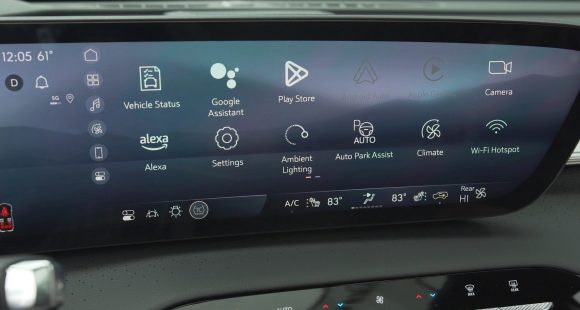2014 Toyota Highlander
While there are several paths to take when redesigning an suv or crossover, the tried and true route seems to be make it bigger and more comfortable. And that’s the approach that Toyota has taken with the 3rd generation of their largest crossover, the very successful highlander. Let’s see if it still rates high on our list.
The Highlander has indeed been a very successful family-sized crossover for Toyota and that will more than likely remain the case for the 2014 edition.
But, not willing to take any chances, Toyota has equipped the new Highlander with a more sophisticated design and added additional features to keep suburban households in their corner.
While everyone likes to talk practicality and even fuel economy when making everyday vehicle decisions, most buyers still consider the right appearance a strong suit. The Highlander’s slicker sheet metal will help put that situation in its favor.

Body panels are more sculpted than before and there’s almost 3 additional inches of length to play with that gives it much more presence.
Up front, there’s a larger trapezoidal grille, reminiscent of the one sported by the athletic new Corolla; and redesigned A pillars that along with larger rear quarter windows allow for better all-around visibility.
Substantial 18-inch alloy wheels come standard with 19’s available.
Engines are carryover, however, but the all-wheel-drive V6 is more fuel efficient thanks to updates for the 6-speed automatic transmission. Government Fuel Economy Ratings are now 18-City, 24-Highway, and 20-Combined.
Energy Impact Score comes in average at 16.5-barrels of oil use per year with 7.2 tons of CO2 emitted.
We spent time in all powertrain options at the press launch in Carmel, California. And, as you might expect, the V6 with its 270-horsepower and 248 lb-ft. of torque was our preferred option. It’s both strong and more refined than the base 2.7-liter I4. The V6-based hybrid is also highly desirable with even more power and efficiency, but it still comes with a substantial sticker price penalty.
Regardless of powertrain, on the road Highlander feel both more comfortable and polished. And thanks to additional body sealing, added sound deadening materials, and rerouting of the exhaust system, the ride is quieter and smoother, moving Highlander closer to luxury utility ranks.
Dynamic Torque Control all-wheel-drive defaults to front drive until slip is detected, then up to 50% of power heads rearward. You also get torque shift for added grip under heavy acceleration and handling loads. Indeed, when the turns got extra twisty, we felt it helping us through the corners.

Inside there are new soft touch materials, primarily on the dash. But the more time you spend inside the cabin, the more you feel like Toyota could have spread the softness around a little more.
As before, three row seating is standard, but the third row is now wider allowing for 3 across and for first time 8-passenger capacity. Still, the shorter your legs, the more comfort you’ll be. Third row access is easier with a one touch sliding function for the second row.
Where there’s adequate room for just about anyone, whether you opt for bench seating for 3 or Captain’s chairs for 2.
Cargo space behind the 3rd row is up as well, to 13.8 cubic-ft. But, behind the 2nd row, space remains the same as last year at 42.3 cubic-ft. And, surprisingly, max. cargo with all rows folded is actually down a bit to 83.7 cubic-ft.
On the new features front, there’s available Dynamic Radar Cruise Control with Pre-Collision, Blind Spot Monitoring, and Lane Departure Warning.
The Highlander adds a useful shelf that spans the dash and is a great place for electronics and knick knacks that seem to always find their way into the cup holders.
Toyota has stepped things up in connectivity too, with the latest version of Entune standard, as is Bluetooth with audio streaming.
4 trim levels are available starting with the LE at $30,075. Limited models start at $40,500 with LE Plus and XLE in between. All-wheel-drive is available on all models, but the 4-cylider is only available in LE trim, and hybrid only as a Limited.
While the 2014 Toyota Highlander has indeed achieved a loftier status thanks to additional features, more passenger space, and increased refinement; in most ways, it’s still the same great family crossover as before. So while the Highlander is indeed new, it is also totally familiar. And that will please the Toyota faithful to a “T”.
Specifications
- Engine: All-wheel-drive V6
- Horsepower: 270
- Torque: 248 lb-ft.
- EPA: 18 mpg city/ 24 mpg highway
- Energy Impact: 16.5 barrels of oil/yr
- CO2 Emissions: 7.2 tons/yr
2025 Buick Enclave
Buick’s Biggest Utility Gets More Premium Look, Less Premium Powertrain
Buick is now an all SUV brand with the three-row Enclave sitting at the top of their lineup. And for this all-new third generation, it looks like Buick has finally given it the true flagship treatment it deserves. Reason enough for us to see what else new this posh performer has in store.
Don’t think of this 2025 Buick Enclave as just a new third generation of Buick’s largest three-row SUV, but more of a total reboot for a luxury segment pioneer. Part of that reinvention is swapping out the 3.6-liter naturally aspirated V6 engine, that has been the heart of this large crossover since it arrived on the scene for 2008, for a new 2.5-liter turbocharged four-cylinder.
Though using two fewer cylinders, it rates 18 more horsepower at 328. The gain in torque is even greater, climbing from 266 to 326 lb-ft.
Power from a start and when tooling around town feels pretty good, but you do notice that engine working hard under the hood; there is more engine noise and it’s not as smooth as many competitors who have also made the switch to turbo-four power. Max towing rating remains at 5,000 lbs. The new standard automatic transmission loses a gear, dropping from nine to eight, a simplifying move we applaud. All-wheel drive is a $2,000 option with all trims.
The Enclave rides on the same front-wheel-drive based chassis that supports the Chevrolet Traverse and GMC Acadia. It remains the most luxurious of the three, though all have made big upward strides. And that luxurious feel is very evident inside where things appear special without flaunting it. Materials are vastly improved over the last gen, especially in top Avenir trim which is the choice for most Enclave buyers.
Front seats are very comfy, well suited for long days of highway travel. It’s hard to miss the 30-inch ultra-wide display, similar to Cadillac’s. It is big, but not intimidating as operation is very logical and you can easily configure things as you want them, including bringing the nav screen up full in front of the driver.
Front seats are very comfy, well suited for long days of highway travel.
Between the seats is a very substantial console with lots of storage space and standard wireless phone charging. There is definitely room for full-size adults in all three rows of seating. Big, plush captain’s chairs with all trims for the second row; and a less plush but still comfortable three-place third row.
GM’s Super Cruise has now made it to Buick’s lineup, available as a standalone package for any trim. It remains a favorite of ours for hands-off highway cruising. Despite feeling adequately powered on the street, the Enclave’s turbo-four felt a little out of its element at our Mason Dixon Dragway test track. There was very little jump off the line, just a slow wind up to 60 of 8.0 seconds, with the quarter-mile completed in 16.0 seconds flat at 92 mph.
We could really feel the Enclave’s weight in our handling course, about 150-lbs. over last year, even with less motor under the hood. But there was very little body roll, and no excessive oversteer or understeer. In panic braking runs, there was good feel through the pedal, and solid stops from 60 averaging a fine 111 feet.
To all of our eyes, the Enclave is bigger yet much better looking than before. Now more sophisticated using Buick’s PURE philosophy which emphasizes Purity in design, Unexpected details, Refined finishes, and Exceptional execution.
With all-wheel drive, Government Fuel Economy Ratings are 19 City, 24 Highway, and 21 Combined; we managed a great 24.9 mpg of Regular. That’s a slightly below average Energy Impact Score, consuming 14.2 barrels of oil yearly, with 7.0 tons of CO2 emissions.
No more Essence or Premium Enclaves, as the new gen brings new trim names along with it; the base option now being Preferred which starts at $46,395, and unless you choose white, you’ll be paying extra for all exterior colors. Just a short step from there to the Sport Touring for $48,795, and then a much bigger bounce up to Avenir at $59,395.
With so many big utes now aimed at luxury and near luxury buyers, it’s getting harder and harder for Buick to stand out. Being an all-utility brand, with one of the freshest lineups in the industry, will no doubt help. The 2025 Buick Enclave is a very stylish, well-equipped, well executed large three-row crossover that’s priced right.
Specifications
As Tested
- Engine: 2.5-liter turbo-4
- Transmission: 8-speed automatic
- Horsepower: 328
- Torque: 326 lb-ft.
- EPA: 19 City | 24 Highway | 21 Combined
- 0-60 mph: 8.0 seconds
- 1/4 Mile: 16.0 seconds at 92 mph
- Braking, 60-0 (avg.): 111 feet
- MW Fuel Economy: 24.9 mpg (Regular)



































